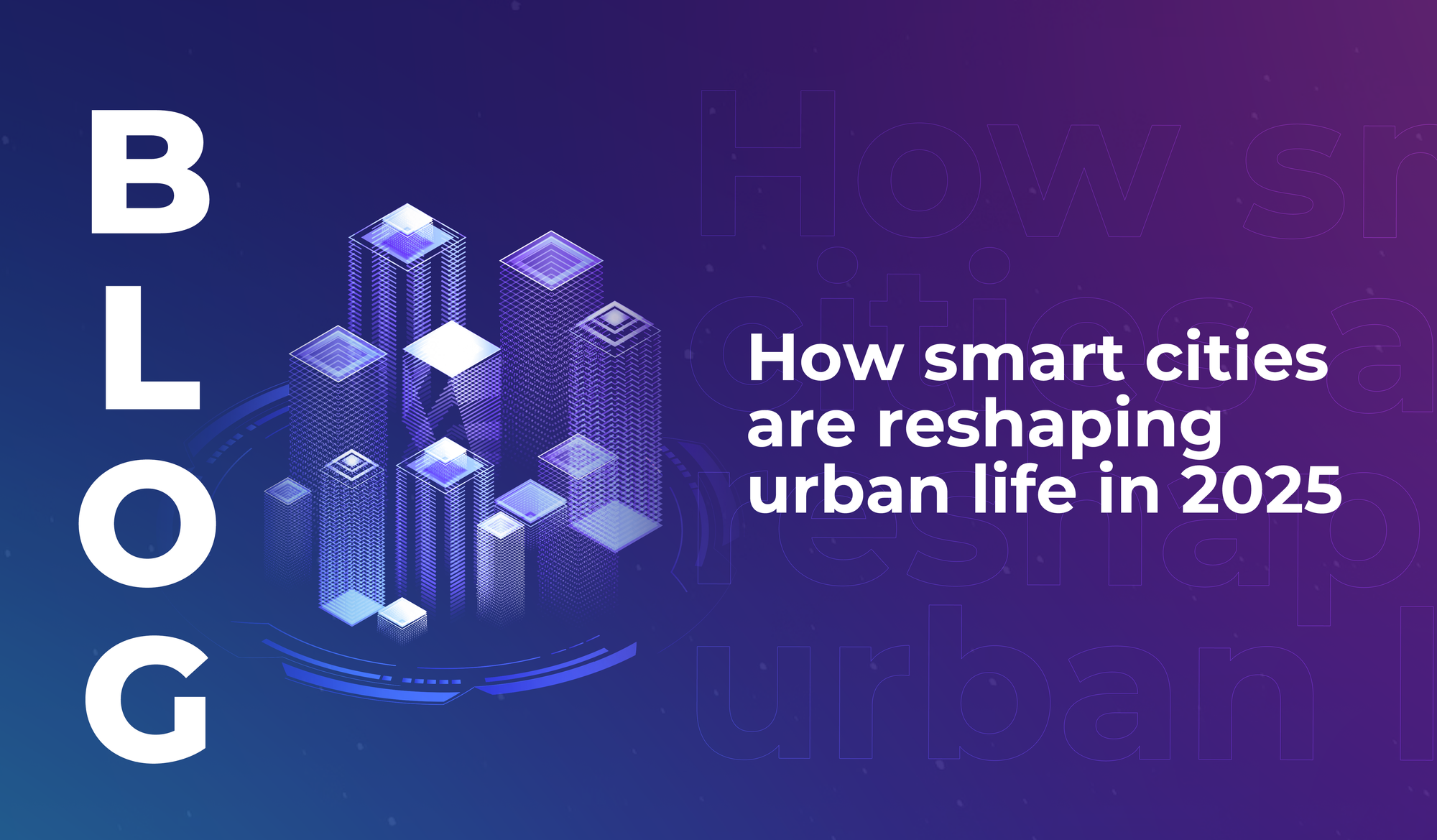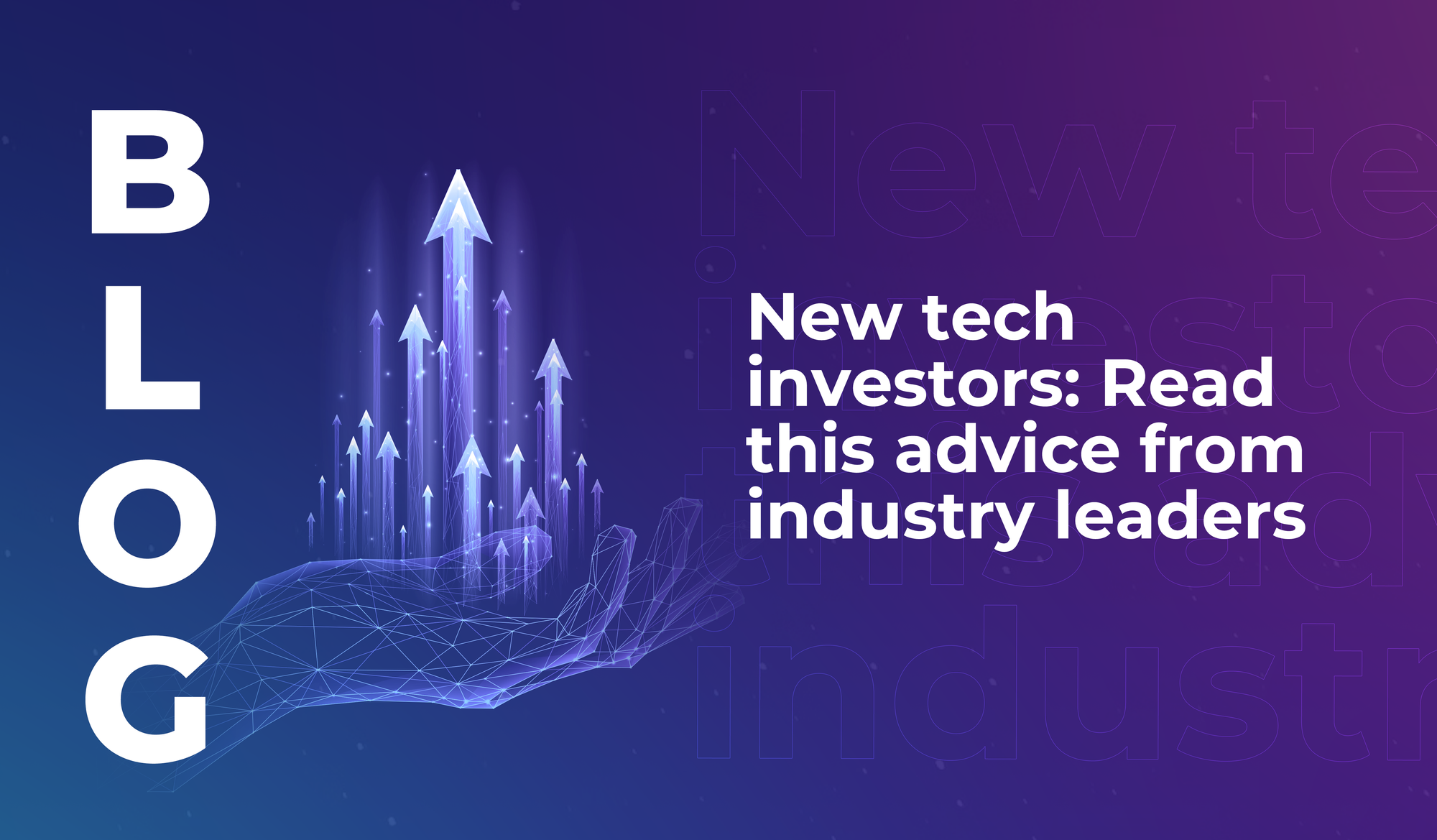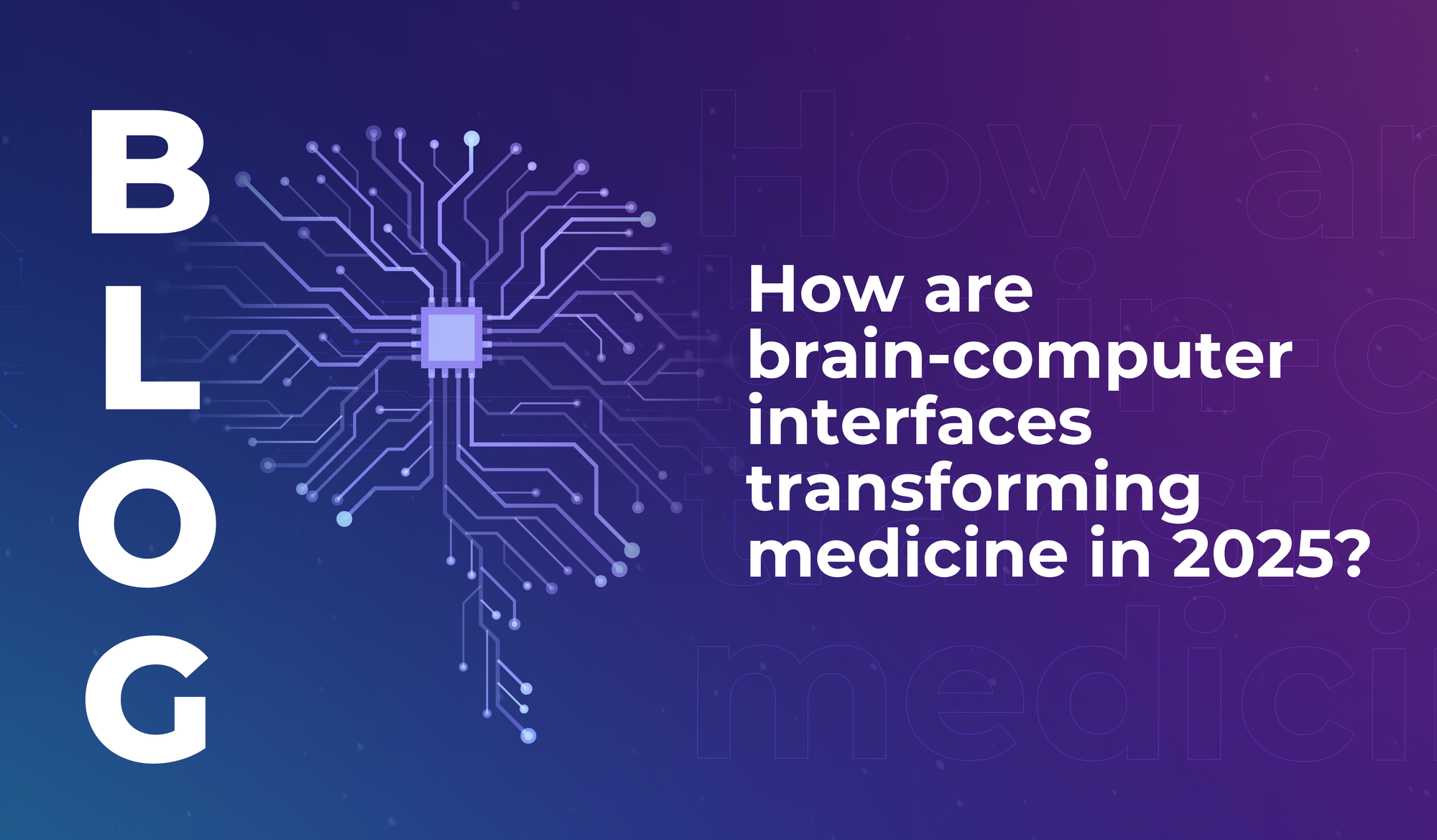
How smart cities are reshaping urban life in 2025
Discover the key drivers of positive smart city development, including collaboration, data literacy, and a sharp focus on sustainability.


Hyperloop technology has had a lot of…well, hype. With several firms promising years ago that we would already have a large-scale ultra-fast travel system by 2023, the general public has – understandably – developed a collective eye roll when hyperloop comes up in conversation.
So we thought we’d interrupt that eye roll for a moment and look at what’s actually happening with hyperloop tech. What developments have been made – and is mega-speed transportation still a possibility for the future?
It’s not a forgotten dream. Innovative companies around the world are still working to overcome the challenges of bringing new forms of high-speed travel to the market, and technological advances are ongoing.
Companies currently working on ultra-fast transport tech include:
While hyperloop tech has been the subject of most of the noise in the ultra-high speed travel space, other technologies are also in development. TransPod, for example, is developing a different system: using moving electromagnetic fields to propel vehicles from above, rather than using compressed air delivered below the vehicle.
In 2022, TransPod unveiled the FluxJet – a vehicle that will transport passengers and cargo at over 1,000 kilometres per hour. Fully electric and fossil-fuel-free, TransPod’s technological development is rooted in a new field of physics called veillance flux. The company confirmed USD $550 million in financing last year, and announced a new phase of an $18 billion US infrastructure project to build a line that will connect the cities of Calgary and Edmonton in Alberta, Canada. Preliminary construction work for this line is underway.
In an interview, Sebastien Gendron (Co-Founder and CEO at TransPod) told us:
“A TransPod system intends to remove all the stress related to travel,” Gendron said. “When we say easier to use, we mean bringing the frequency of the subway with the aircraft’s speed. In today’s world, intercity travel must be stress-free. Every traveller must not be worried about missing their pod thanks to the high-frequency solution we are developing.”
TransPod tech has the potential to reduce annual CO2 emissions by 636,000 tonnes, and cost passengers 44% less than a plane ticket for the same journey.
Other firms have also highlighted the potential of their technologies to reduce CO2 emissions. Virgin Hyperloop One, for example, estimates that if every passenger flight of between 310 miles and 930 miles was replaced with a hyperloop system that runs on renewable electricity, global fossil fuel emissions could be cut by 58%.
And a feasibility study by EIT InnoEnergy, supported by Hardt Hyperloop, found that a hyperloop network for cargo between North and South Holland in the Netherlands would reduce CO2 emissions by one million tonnes – leading to a significant improvement in air quality. Even taking into account the construction of infrastructure needed for the system, the study predicted that a net position effect of 0.6 million tonnes could be realised after 30 years of operations.
Hyperloop isn’t here yet. But although the hype has calmed down, companies are still working seriously to make their technologies operational for cargo and passenger use – and it’s highly likely that ultra-high speed travel will be a part of our future.

Discover the key drivers of positive smart city development, including collaboration, data literacy, and a sharp focus on sustainability.

Some of the most experienced tech investors in the world share their insights and advice to help new investors on their path to success.

Discover how brain-computer interfaces (BCIs) are creating new possibilities in healthcare and medicine.

Discover the key drivers of positive smart city development, including collaboration, data literacy, and a sharp focus on sustainability.

Some of the most experienced tech investors in the world share their insights and advice to help new investors on their path to success.

Discover how brain-computer interfaces (BCIs) are creating new possibilities in healthcare and medicine.